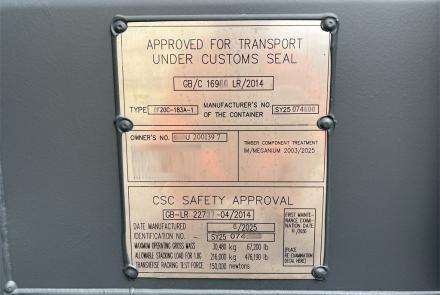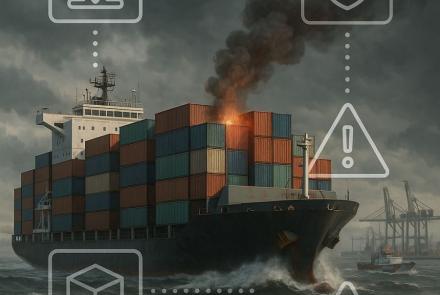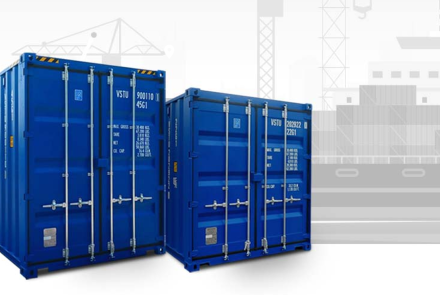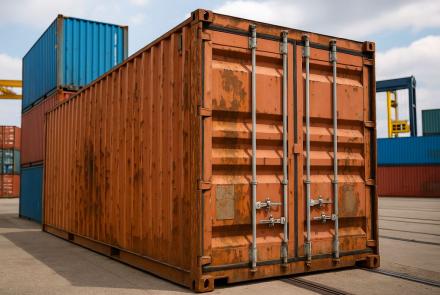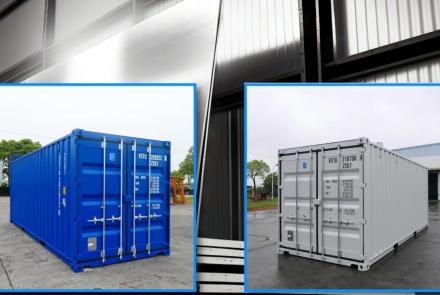Management of Empty Container Repositioning

Every year, moving empty containers costs the shipping industry in excess of 20 billion dollars, according to Boston Consulting Group. This equates to 12% of the shipping industry’s operating costs.
To reduce operating expenses and increase profitability, effective management of empty container repositioning assumes great significance.
Empty container repositioning refers to re-allocating empty containers from a location having a surplus of containers to another location having a scarcity. The efforts involved in empty container repositioning leaves behind substantial economic drawbacks for container-owning companies. On average, every third container moving on a ship happens to be empty, and this is a whopping 60 million containers in a year. Trade imbalances between different regions alone account for two-thirds of empty container moves, while the rest are accounted by factors attributed to the carriers themselves and challenging to overcome.
Even keeping aside the expenditures involved in repositioning empty containers, this activity also disrupts the smooth functioning of the trade and commerce industry as a whole.
The widening trade imbalances between nations and the rapid growth of the maritime industry together have brought to the surface an urgent need to address the challenges being faced in the management of empty container repositioning.
Trade imbalances are by far one of the main reasons for empty container repositioning. To cite an example, containers filled with cargo that are shipped from largely export-oriented locations like China must be relocated back to their place of origin in an empty state after the goods are discharged.
Leasing often turns out more economical than repositioning when factoring in costs involved in shipping back empty containers as well as the time lost in transporting them which can stretch up to weeks or months. Shipping lines need to forecast the requirements weeks ahead and position the empty containers at different locations amidst a scenario where they also want to lower capacity and minimize storage & relocation expenditures. Many a time it makes more sense to dispose of empty containers at surplus locations and instead buy or lease new ones in Asia rather than reposition those empty containers.
Commercial Forecasts do not necessarily reveal the true picture, and over-forecasting based on instincts is a normal occurrence. In its place, forecasts based on reliable scientific methodologies can be beneficial. Enormous variations in seasonal demand also add to the inaccuracy of forecasts.
Consistent and collaborative decision-making by different entities working in a shipping line, particularly the procurement and logistics teams can ensure that the repositioning costs justify the urgency and efforts involved.
Planning ahead for uncertain demand and supply by storing empty containers at chosen locations in tune with an authentic forecast on the flow of empty containers between import and export locations should be managed in a way that the expenditure involved in this activity is kept under control.
It is a generally accepted fact that container repair and maintenance is a crucial component of the operational costs involved in empty container repositioning. Consequently, bearing in mind the prohibitive costs of container repair and maintenance, a control over preventable container failures could absorb a portion of the costs in repositioning empty containers.
International trade imbalances render the optimal management of empty containers repositioning a central economic activity in maritime circles. While import-intensive ports accumulate large amounts of empty containers, export-intensive ports will need them as vital resources making repositioning an essential activity within the shipping and logistics industry.
Empty container repositioning is a liability on a shipping liner’s bottom line since such containers do not carry billable cargo and therefore generate no value as far as earning freight charges are concerned. At the regional level, certain approaches for reducing the movement of empty containers are the effective employment of inland container depots, container substitution, container leasing, and newer perspectives like the collapsible or foldable containers. Collapsible containers take up barely 25% the volume of open containers when folded and are therefore ideal for repositioning.
- Log in to post comments


